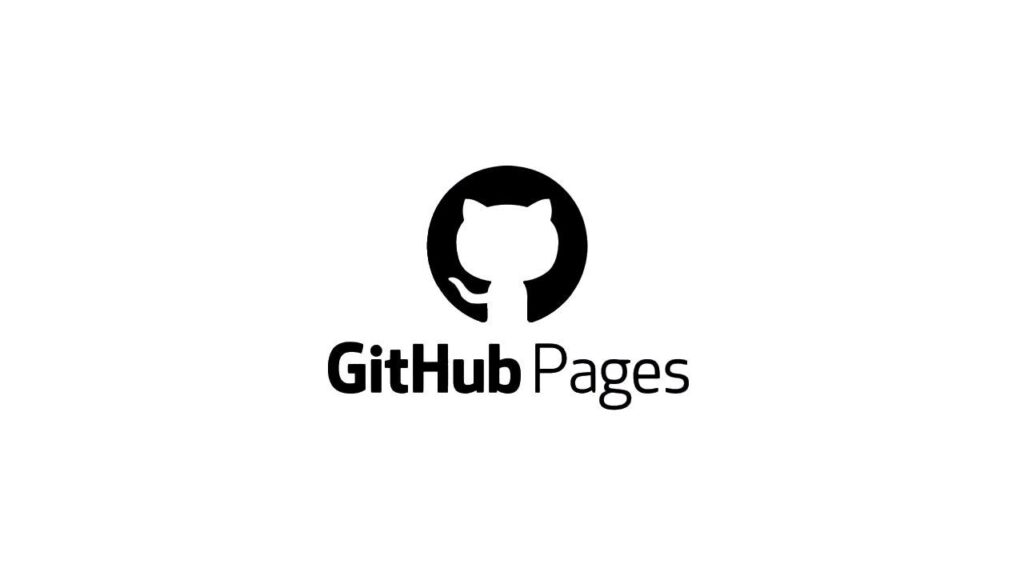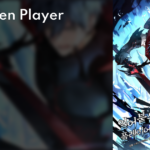2 Player GitHub.io has become a popular platform for hosting and sharing interactive web applications, including a variety of engaging 2 player games. These games offer an excellent way for friends and competitors to enjoy fun challenges together. In this article, we explore the world of 2 player games on GitHub.io, discussing popular games, the technology behind them, and how developers are utilizing GitHub to create and share these interactive experiences.
Popular 2 Player GitHub.io
1. Tic-Tac-Toe
Tic-Tac-Toe is a classic game that has been reinvented in various forms on GitHub.io. Developers have created versions with unique twists and visually appealing designs.
Key Features of 2 Player GitHub.io:
- Simple, intuitive interface.
- Multiplayer support for local or online play.
- Customizable themes and board sizes.
Example Project:
- Tic-Tac-Toe by user123 features an elegant design and responsive gameplay, making it a delightful experience for players of all ages.
2. Chess
Chess, a timeless strategy game, has seen innovative adaptations on GitHub.io. These projects often include enhanced features that go beyond the traditional game.
Key Features:
- Real-time multiplayer capabilities.
- Integrated AI opponents for solo practice.
- Visual aids and move suggestions.
Example Project:
- Chess Master by user456 offers a sleek interface and challenging AI, perfect for both beginners and advanced players.
3. Battleship
Battleship games on GitHub.io bring the naval strategy game to life with engaging graphics and interactive elements.
Key Features:
- Drag-and-drop ship placement.
- Real-time updates and notifications.
- Customizable game settings.
Example Project:
- Battleship Commander by user789 provides a modern twist on the classic game, with dynamic animations and sound effects enhancing the experience.
Also Read: Randomboard.org Harley Dean & Randomboard.org Ebony All You Need To Know
The Technology Behind 2 Player Games on GitHub.io
Frontend Technologies
Most 2 player games on GitHub.io leverage popular frontend technologies to create interactive and responsive user interfaces.
HTML5 and CSS3
- HTML5 provides the structure for game layouts and supports multimedia elements.
- CSS3 is used for styling, ensuring that games are visually appealing and user-friendly.
JavaScript
- JavaScript is the backbone of game functionality, enabling dynamic interactions and real-time updates.
- Libraries such as React.js and Vue.js are often employed to manage complex state and user interactions.
Backend Technologies
While some 2 player games are purely frontend, others incorporate backend technologies to manage multiplayer features and persistent data.
Node.js
- Node.js is commonly used for server-side scripting, allowing real-time communication between players.
- Frameworks like Express.js help streamline the development of game servers.
WebSockets
- WebSockets enable real-time communication, crucial for multiplayer games where instant feedback is essential.
- Libraries such as Socket.io simplify the implementation of WebSocket connections.
Utilizing GitHub for Game Development and Sharing
Version Control and Collaboration
GitHub provides a robust platform for version control, making it easier for developers to collaborate on game projects.
Key Benefits:
- Branching and Merging: Allows multiple developers to work on different features simultaneously.
- Pull Requests: Facilitate code reviews and collaborative development.
- Issue Tracking: Helps manage bugs and feature requests efficiently.
Hosting on GitHub Pages
GitHub Pages is a free service that hosts static websites directly from a GitHub repository.
Advantages for Game Developers:
- Ease of Deployment: Simple setup process to publish games online.
- Continuous Integration: Automated workflows can update the game with each commit.
- Custom Domains: Option to use custom domains for a professional look.
Open Source Community
Many 2 player games on GitHub.io are open-source, inviting contributions from the global developer community.
Community Involvement:
- Forking Repositories: Allows developers to create their own versions of a game.
- Submitting Pull Requests: Enables improvements and new features to be merged into the original project.
- Documentation and Tutorials: Community-driven resources help new developers learn and contribute.
Conclusion
2 player games on GitHub.io offer a diverse and engaging range of interactive experiences. From classic games like Tic-Tac-Toe and Chess to strategic battles like Battleship, developers are using modern web technologies to create fun and challenging games. GitHub’s platform supports collaborative development and easy deployment, making it an ideal choice for game creators. Whether you’re a player looking for new games to enjoy with friends or a developer seeking inspiration for your next project, GitHub.io has something to offer.
Also Read: Steel-Eating Player Chapter 38: An In-Depth Exploration
FAQs
What are 2 Player GitHub.io games?
2 Player GitHub.io games are multiplayer games hosted on GitHub.io, allowing players to enjoy gaming experiences directly from their web browsers without the need for downloads or installations.
How do I find 2 Player GitHub.io games?
You can find 2 Player GitHub.io games by searching GitHub for repositories tagged with relevant keywords, or by exploring game development communities and websites that curate these games.
Can I play 2 Player GitHub.io games on my mobile device?
Many 2 Player GitHub.io games are designed to be mobile-friendly, allowing you to play them on your smartphone or tablet. However, the experience may vary depending on the game’s design and complexity.



